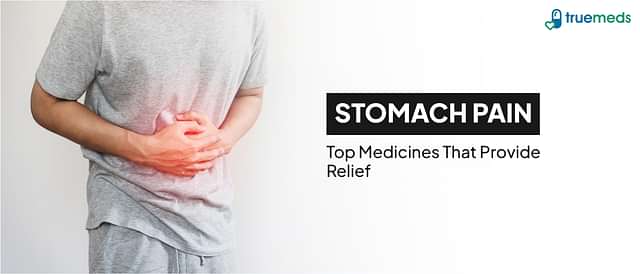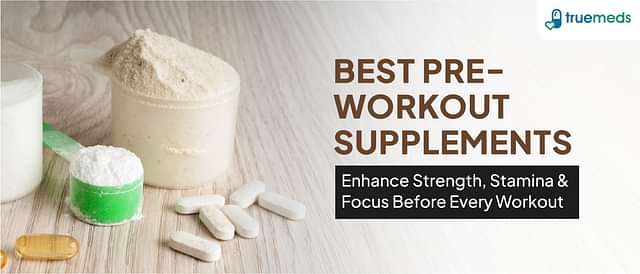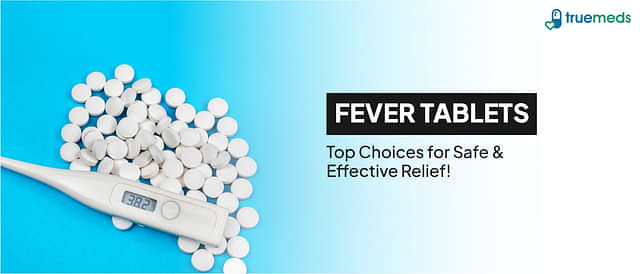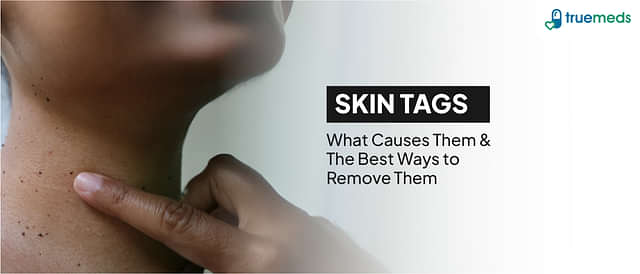Iron Deficiency Anemia: Causes, Symptoms, Treatment, and More
Last updated on : 09 May, 2025
Read time : 6 min
What is Iron deficiency anaemia?
Iron deficiency anaemia arises when your body does not have enough iron. There may be no indications or iron deficiency symptoms in people who have mild or moderate iron deficiency anaemia. Fatigue or exhaustion, shortness of breath, or chest pain are all symptoms of severe anaemia.
Red blood cells help in transporting oxygen to the rest of your body from the lungs. To function, every organ and tissue in your body requires oxygen. You may feel fatigued, weak, and short of breath if your blood contains insufficient oxygen.
When your body’s iron levels are low, you develop iron deficiency anaemia. The iron deficiency causes could be a lack of dietary iron, reduced iron absorption, bleeding, or a loss of bodily iron in the urine.
Risk factors of Iron deficiency anaemia
A variety of factors can increase your chances of developing iron-deficiency anaemia depending on iron deficiency symptoms. Some of the risk factors include:
- Age– Infants aged 6 to 12 months, especially if they are only fed breast milk. iron deficiency is caused in children between the ages of one and two, particularly if they consume a lot of cow’s milk. Teenagers, who require more iron during development spurts, and Senior citizens.
- Unhealthy environment- Children that have lead in their blood as a result of their surroundings or drinking water. Lead impairs the body’s ability to produce haemoglobin.
- Genetics and Family history- Hemophilia and von Willebrand disease are two genetic illnesses that might be iron deficiency causes you to bleed excessively and lose iron.
- Lifestyle habits- This can involve excessive exercise (particularly endurance sports) and a lack of iron-rich meals.
- Sex- Between the ages of 14 and 50, girls and women require more iron. Women are more likely to develop iron deficiency anaemia in certain situations, such as during menstruation. When you’re pregnant after you’ve given birth, or when you’re breastfeeding.
Iron deficiency causes
As your body’s iron intake is too low, Iron deficiency anaemia normally develops over time. Here are some of the iron deficiency causes.
1. Blood loss
An ulcer, colon cancer, or daily use of aspirin or nonsteroidal anti-inflammatory drugs can all cause bleeding in your GI system (NSAIDs).
One of the iron deficiency causes, is hereditary hemorrhagic telangiectasia, a rare genetic disorder
2. Iron-deficient diets
Iron is derived from foods in our diet; however, for every 10 to 20 mg of iron consumed, only 1 mg is absorbed. A youngster who does not eat a well-balanced iron-rich diet may develop iron deficiency anaemia. It can occur in infants as young as one year old.
3. Iron is not absorbed by your body
Your small intestine absorbs iron from the foods you eat. Celiac disease, ulcerative colitis, and Crohn’s disease make it difficult for your intestines to absorb iron. Surgery that removes part of your intestines also alters your body’s ability to absorb iron.
4. Pregnancy
Because their iron stores must serve their own larger blood volume, many pregnant women develop iron deficiency anaemia without iron supplementation.
Iron deficiency symptoms
The following are some of the Iron deficiency symptoms, which are caused by a reduction in oxygen transport to the entire body:
- Being pale or having skin that is yellow and “sallow”
- Fatigue or a loss of energy that isn’t explained
- Shortness of breath or chest pain, especially when you’re doing something active
- Generalized weakness that is unexplained
- Increased Heartbeat
- In the ears, pounding or “whooshing”
- Headache, especially while you’re doing something active.
- Picophagia is a craving for ice or clay.
- Swollen or sore tongue
- Hair loss or brittle nails
Diagnosis of Iron deficiency anaemia
- Complete blood count – This test determines the number of red blood cells in your body.
- A smear of blood in the periphery- The size and shape of your red blood cells are examined in this examination. Iron deficiency anaemia causes red blood cells to be smaller than normal.
- Hematocrit- This test determines the percentage of red cells in your blood.
- Haemoglobin– This test determines how much of this protein is present in your blood. Your haemoglobin will be below if you have anaemia.
- Iron in the serum- This test determines the amount of iron in your blood.
- Ferritin- By measuring this protein, this test determines how much iron is stored in your body.
- Transferrin and total iron-binding capacity (TIBC)- These tests determine how much transferrin, a protein that transports iron across the body is available.
- Count of reticulocytes- This test determines the number of reticulocytes (immature red blood cells) in your blood.
Iron deficiency treatment
Depending on Iron deficiency anaemia symptoms here are some treatments;
Iron supplements
- Your doctor may advise you to take iron supplements, often known as iron pills or oral iron, by mouth once or multiple times a day to boost your iron levels. Restoring the iron in the body usually takes three to six months.
- Iron tablets should be taken before food.
- Iron should not be taken with antacids
- Iron pills should be taken alongside vitamin C
Lifestyle changes in iron deficiency anaemia treatment
Make healthy lifestyle adjustments, such as eating habits that are good for your heart to reduce iron deficiency symptoms. To deal with iron deficiency anemia, increase your daily consumption of iron-rich foods. To assist your body to absorb iron, increase your vitamin C consumption. Avoid black tea because it inhibits iron absorption to treat iron deficiency anemia treatment.
Procedures
Intravenous (IV) iron therapy- This is sometimes used to boost iron levels in the blood by delivering iron through a blood vessel. One of the benefits of IV iron therapy is that it only takes one or a few sessions to replenish your body’s iron stores.
Transfusions of red blood cells- These can be used to quickly boost the number of red blood cells and iron in the blood of persons who have severe iron deficiency anaemia.
Stop bleeding via surgery, an upper endoscopy, or a colonoscopy.
Disclaimer
Our healthcare experts have carefully reviewed and compiled the information presented here to ensure accuracy and trustworthiness. It is important to note that this information serves as a general overview of the topic and is for informational purposes only. It is not intended to diagnose, prevent, or cure any health problem. This page does not establish a doctor-patient relationship, nor does it replace the advice or consultation of a registered medical practitioner. We recommend seeking guidance from your registered medical practitioner for any questions or concerns regarding your medical condition.
Popular Articles
Recent Articles
Top-Selling Medicines:
...View more
Top-Selling OTC:
...View more
Company
About UsHealth ArticleHealth StoriesDiseases & Health ConditionsAyurvedaAll MedicinesAll BrandsNeed HelpFAQSubscribe
Registered Office Address
Grievance Officer
Download Truemeds

Contact Us
Our customer representative team is available 7 days a week from 9 am - 9 pm.
v3.7.31
2025 - Truemeds | All rights reserved. Our content is for informational purposes only. See additional information.
Our Payment Partners





































